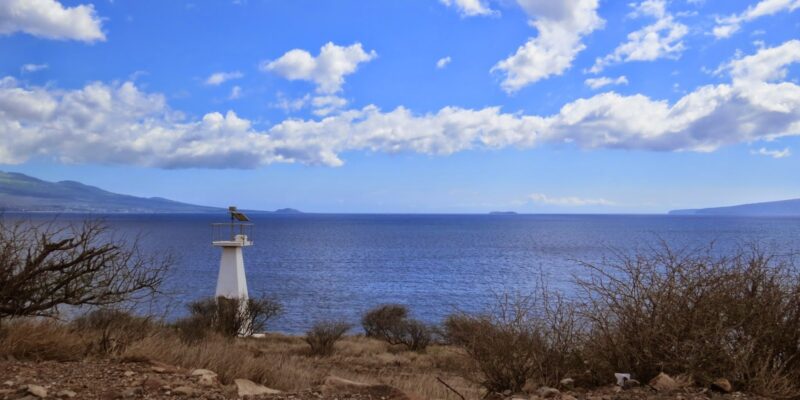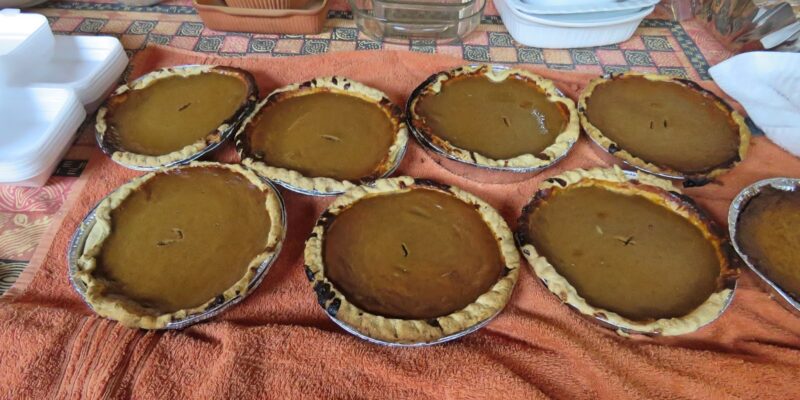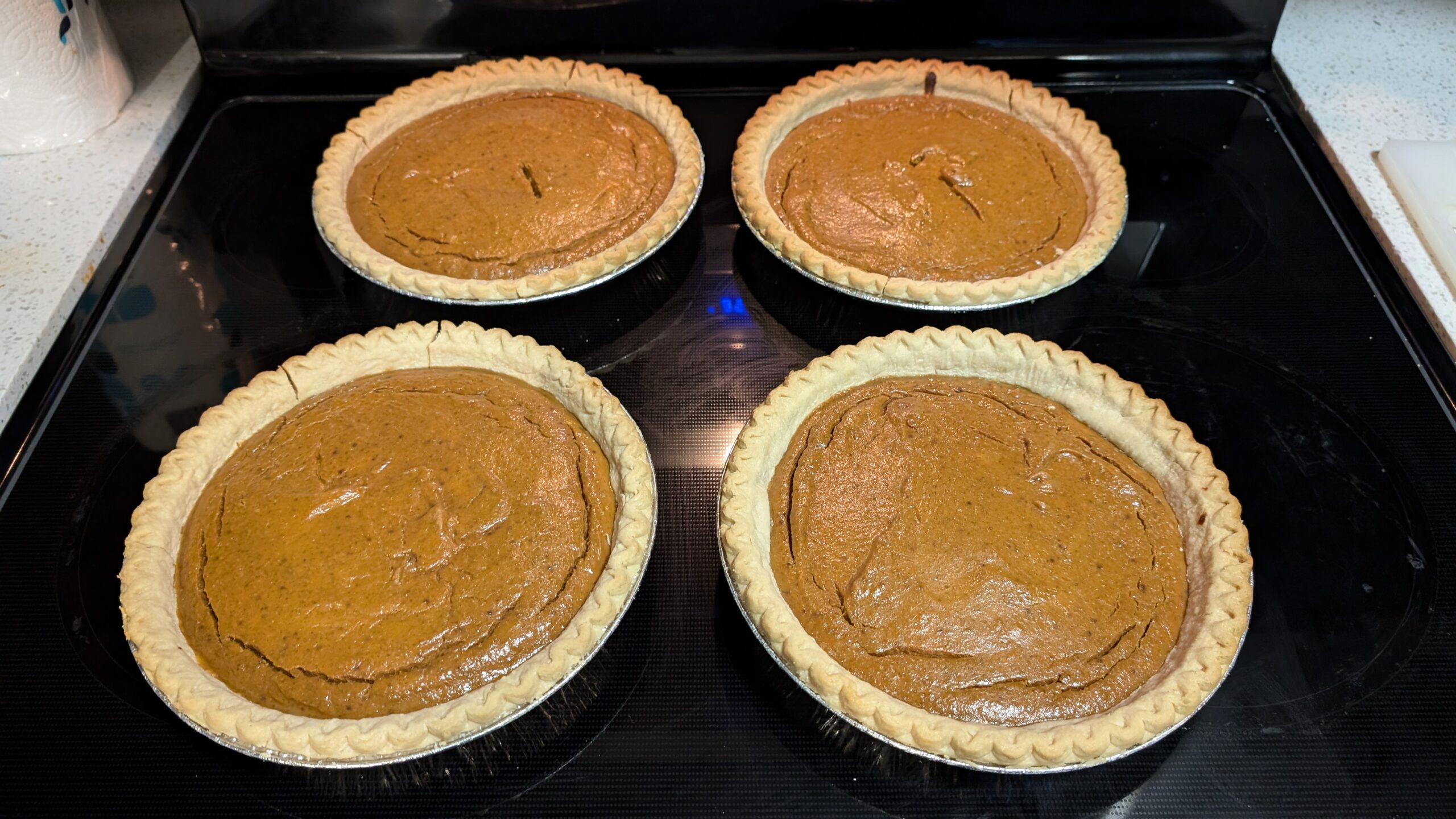
It’s been on our minds each day, and we decided to wait to write about it as we’ve learned more and more. No doubt, like you, the daily news updates are disheartening and devastating, knowing how many are continuing to suffer from a lack of resources to help survivors make their way through this life-changing event.
One can’t even imagine losing loved ones from the devastation, let alone their homes and all of their possessions. Many have lost their jobs, businesses, and livelihoods.
Of course, there are innumerable politically motivated perceptions and opinions regarding recovery. We won’t share any of that here. At this point, all we know from various media sources is that many people aren’t being helped, and FEMA funds and resources aren’t coming in quickly enough to aid recovery.
We commend all the selfless military, emergency services personnel, and citizens worldwide who have traveled to the areas to assist.
We’ll now share what we read about flights impacted by the hurricane from this news resource.
“With Hurricane Helene disrupting travel, here’s what fliers need to know*
As the Southeast U.S. recovers from Hurricane Helene’s destruction, experts say consumers looking to change their air travel plans to or from affected areas without taking a financial hit may be out of luck.
“The big-picture issue that happens in U.S. air travel: When there is a significant disruption, air passengers have very, very limited rights” regarding compensation, said Eric Napoli, chief legal officer at AirHelp, an online service that assists airline passengers.
Catastrophic damage
Hurricane Helene made landfall Thursday in Florida as a Category 4 storm, leaving a swath of wind- and flood-related damage across Florida, Georgia, North Carolina, South Carolina, Virginia, and Tennessee.
The storm killed more than 120 people, knocked out power for millions of people, and left many stranded without necessities like running water.
The North Carolina Department of Transportation urged people to avoid unnecessary travel in the western part of the state due to hundreds of road closures caused by downed trees, landslides, and “catastrophic damage.”
What airlines owe passengers
Amid that destruction, travelers hoping to change flights for free or cancel their plans for a refund may find airlines unwilling to grant that financial flexibility.
Airlines generally owe “prompt” refunds to passengers if they cancel or make a “significant change” to a flight, regardless of the reason, according to the U.S. Department of Transportation. That’s true even for consumers with non-refundable tickets.
However, experts said weather-related events like Hurricane Helene are generally considered to be outside an airline’s control, meaning passengers have relatively few rights to compensation.
Napoli said the airline’s duty in such cases generally depends on a passenger’s specific fare, such as economy or business class.
He said, “There’s nothing [airlines] will do for you” if your conference was canceled and you didn’t have a ticket granting free cancellation or without fees for changes.
Airlines make concessions in some cases
Some airlines are making concessions tied to Hurricane Helene, though they vary by carrier and geography.
“All the rules are different,” said Sally French, a travel expert at NerdWallet.
She said that many major U.S. carriers have dedicated web pages for travel alerts that outline their policies regarding specific events.
For example, American Airlines, Delta Airlines, and United Airlines have alerts about flooding in the Southeast. Many focus on areas around Asheville, North Carolina, and some parts of Georgia, like Valdosta.
United is waiving change fees and fare differences for passengers whose flights were affected by flooding and who choose to reschedule their flights, for example.
United’s policy has parameters: Passengers must have purchased their ticket before Sept. 26 for travel between Sept. 30 and Oct. 31, 2024; the new flight must be a United flight leaving by the end of 2024 and between the same cities as originally booked. Those who cancel can get a full refund.
American Airlines is also giving leeway to passengers scheduled to travel through Augusta, Georgia, between Sept. 29 and Oct. 4. They must book changes by Oct. 4.
Delta passengers scheduled to fly through Asheville or Valdosta must travel on rebooked flights by Oct. 18 to avoid paying a fare difference. Change fees would still be waived past that date, however.
Read the specifics of insurance policies.
Experts say travel insurance isn’t always a fail-safe in the event consumers can’t get reimbursed from the travel provider for a flight, hotel, or other travel expenses.
If you didn’t purchase a cancel-for-any-reason policy, your trip problems typically have to fall under specific, covered reasons. Plus, policies bought after Helene became a named storm generally won’t cover claims related to it.
“Make sure you read the fine print and what the insurance covers,” Napoli said.
French said that consumers who purchased their trip with a credit card may get certain travel reimbursement benefits from their card issuer, sometimes even in the case of severe weather. Credit card companies generally require a “quick turnaround” on a claim, often within 21 days.”
Photo from ten years ago today, October 6, 2014:
 |
| We made a mistake booking this suite for 11 nights in Oahu. With outrageous prices on vacation homes, we chose this small unit but immediately regretted it due to the lack of amenities, size, and condition. Tom was munching on peanuts while watching the Vikings game on his laptop. Notice the piles of clothes on top of the counters and the makeshift closet behind Tom when there were no drawers or closets. For more, please click here. |






















